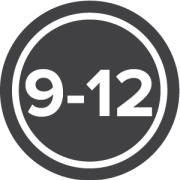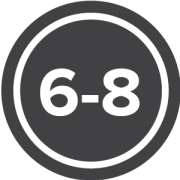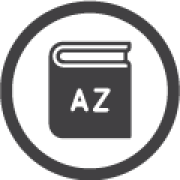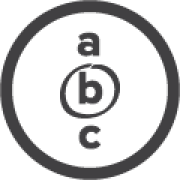
Road to the Constitution
How did we go from thirteen British colonies to the United States of America? Explore the major hardships of life under British rule, why some colonists decided to break away, and how they set a path for a new and independent government.
Topics at a Glance: colonization | colonial government | American Revolution | Constitutional Convention | America’s founding documents | Articles of Confederation | Declaration of Independence | constitutional influences | introduction to the Constitution | ratification of the Constitution
Choose Grade Level:
-
DBQuest
America's Founding Preambles
-
Lesson Plan
We're Free... Let's Grow!
-
Lesson Plan
Continent to the Colonies
-
Lesson Plan
Colonial Influences
-
DBQuest
The Constitution's Cover Letter
-
Lesson Plan
Hey, King: Get Off Our Backs!
-
Lesson Plan
Wanted: A Just Right Government
-
Lesson Plan
We're Free... Let's Grow!
-
Lesson Plan
Separate and Sovereign
-
DBQuest
America's Founding Preambles













